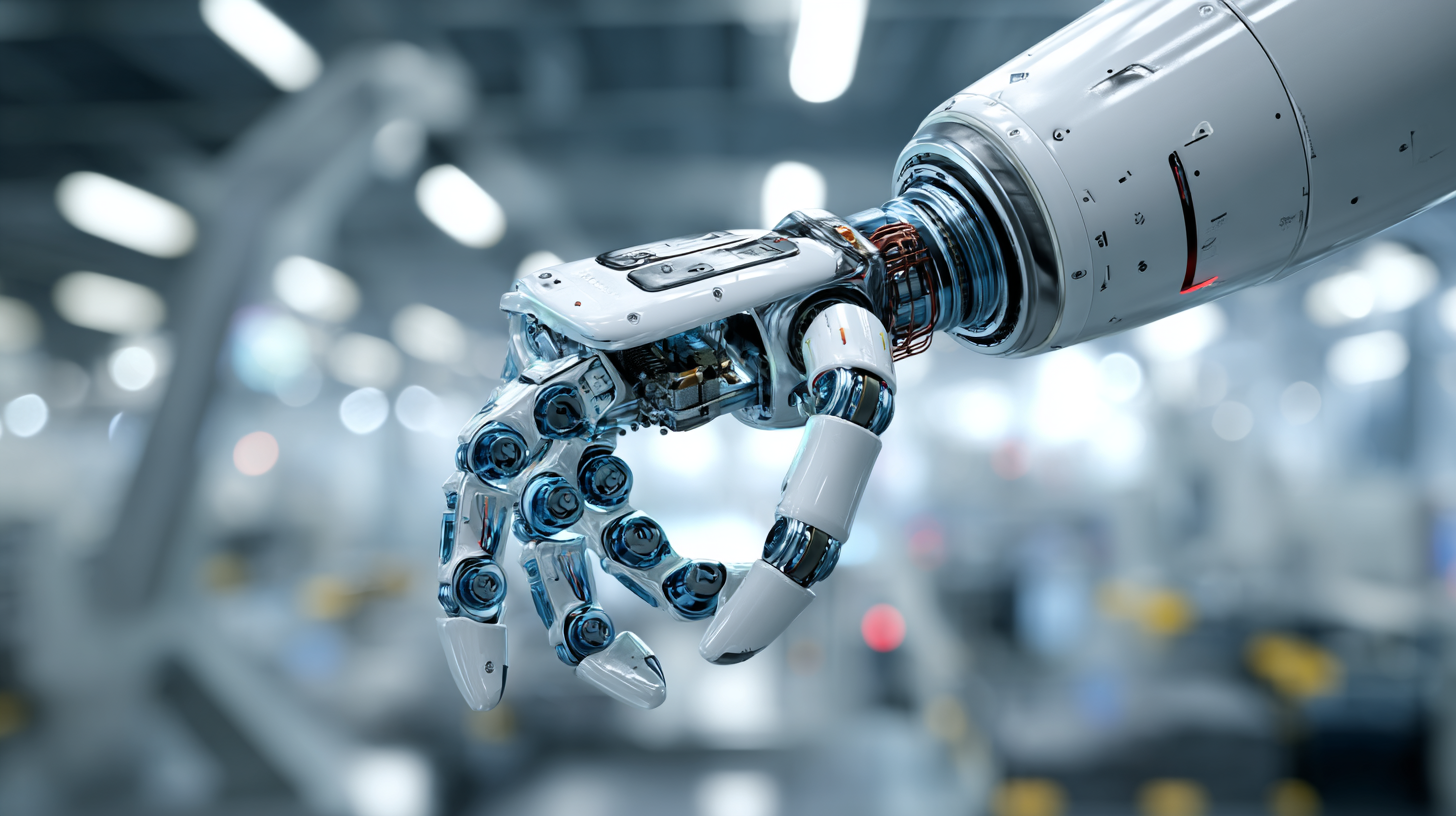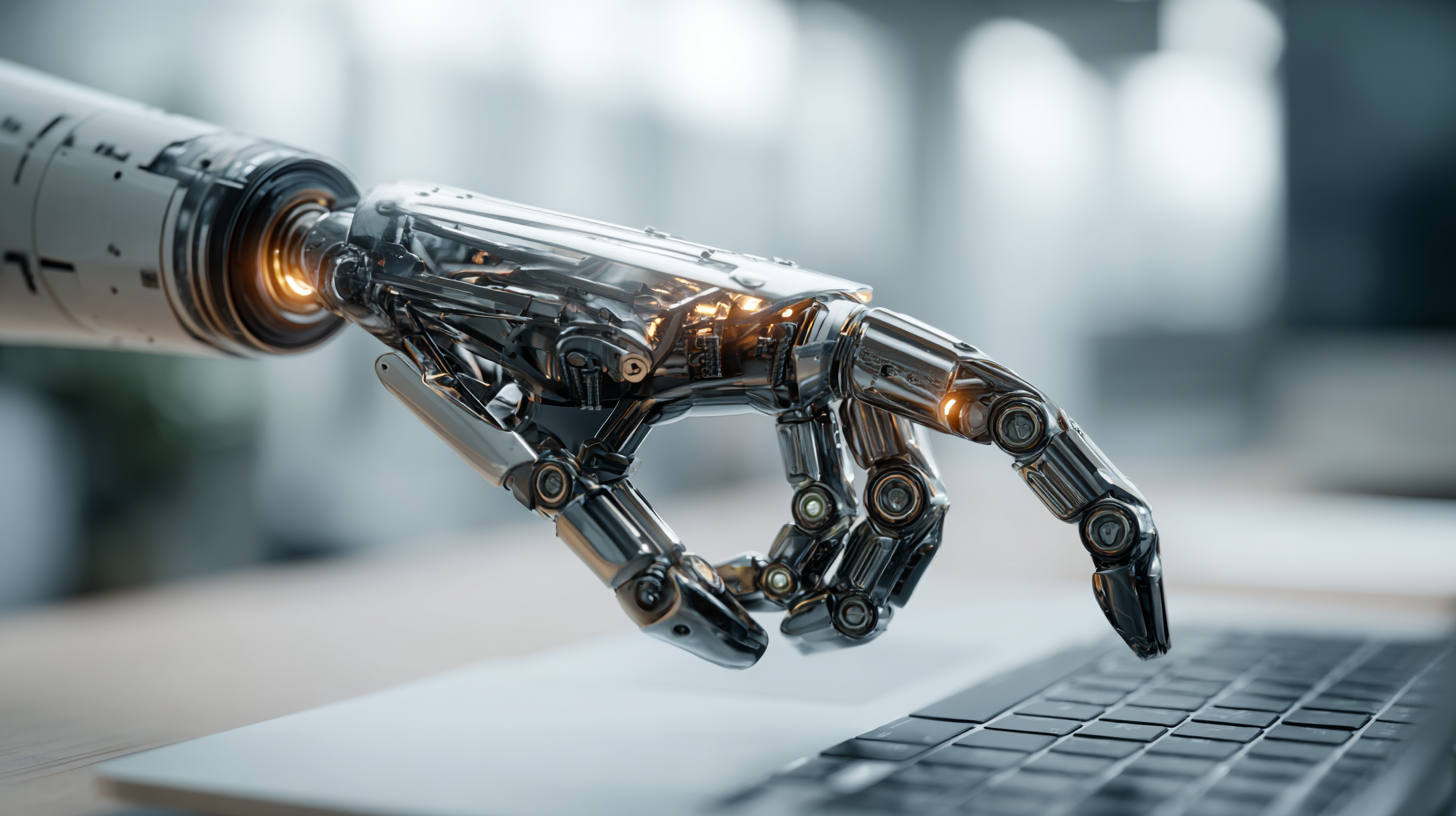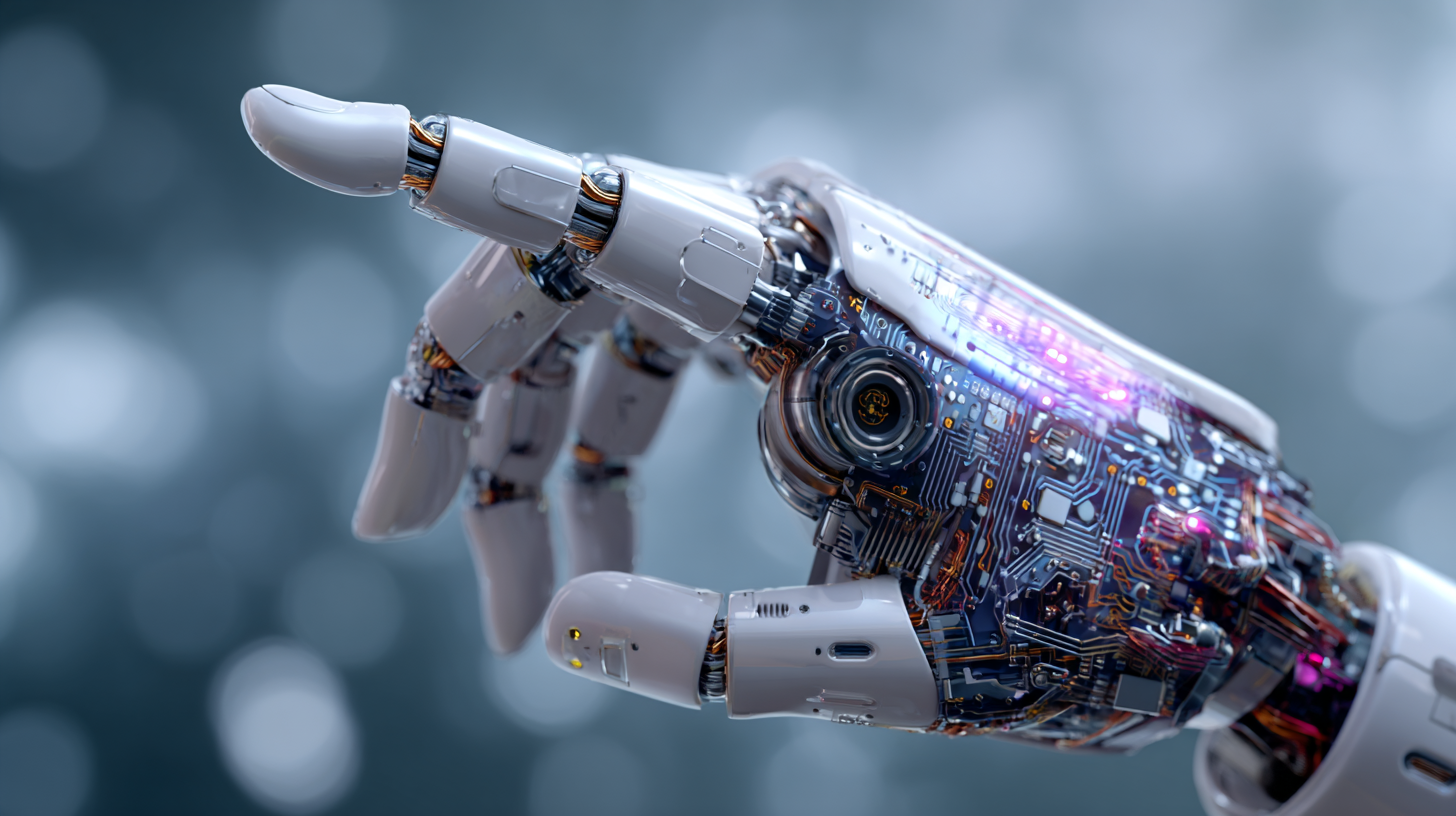Unlocking Efficiency: How Software Robotics is Transforming Business Operations in 2023
In the rapidly evolving landscape of business operations, software robotics has emerged as a pivotal force driving efficiency and innovation. According to a recent report by McKinsey, businesses that implement software robotics can improve their productivity by up to 25%, significantly reducing operational costs. This transformation is fueled by advancements in artificial intelligence and machine learning, which empower organizations to automate repetitive tasks, streamline workflows, and enhance data accuracy. A study from Gartner forecasts that by 2025, 70% of organizations will have adopted some form of software robotics, highlighting its critical role in maintaining competitive advantage in a digital-first world. As we delve into 2023, the integration of software robotics is not just an option; it has become a necessity for companies aiming to unlock new levels of efficiency and agility in their operations.

Understanding Software Robotics: Key Concepts and Technologies
In 2023, software robotics is gaining significant traction in transforming business operations.
The technology integrates key concepts such as automation, artificial intelligence, and machine learning, streamlining processes that were traditionally labor-intensive.
Businesses across various sectors are adopting software robots to enhance efficiency, reduce operational costs, and improve accuracy in tasks ranging from data entry to complex decision-making processes.
The global market for AI-driven robotics is projected to reach a staggering value of $52.3 billion by 2024, indicating the potential for expansive growth in the coming years.
As industries invest in automation technologies, key players are emerging, with a notable focus on humanoid robots. Recent developments include strategic collaborations and innovations aimed at enhancing capabilities in the realm of industrial automation.
This evolution not only signifies a shift in how companies operate but also highlights the necessity for organizations to stay ahead by embracing technological advancements in order to maintain competitiveness in an increasingly automated landscape.
Identifying Business Processes Suitable for Automation
In 2023, organizations are increasingly recognizing the importance of identifying business processes suitable for automation as they look to enhance efficiency through software robotics. Hyperautomation has emerged as a key strategy, enabling businesses to achieve greater speed, accuracy, and operational efficiency. A critical aspect of this approach is evaluating whether specific processes can be effectively transformed with agentic AI. This evaluation process involves a detailed analysis of existing workflows, the potential impact of automation, and the associated costs.
To pinpoint the right business use cases for generative AI, companies can break down workflows into individual tasks and conduct pilot programs to assess feasibility. Reports indicate that businesses that employ robotic process automation (RPA) can experience significant productivity gains and cost reductions. For instance, studies show that organizations adopting RPA have enhanced their processing times by up to 70%, facilitating quicker responses to market demands. Additionally, it is important to consider the critical success factors driving RPA adoption, such as organizational readiness and alignment with strategic objectives, ensuring that implemented solutions yield maximum impact in transforming operations.
Unlocking Efficiency: How Software Robotics is Transforming Business Operations in 2023
| Business Process | Automation Potential (%) | Estimated Time Savings (Hours/Week) | Cost Reduction (%) |
|---|---|---|---|
| Invoice Processing | 85% | 15 | 25% |
| Customer Service | 75% | 20 | 30% |
| Data Entry | 90% | 25 | 20% |
| Reporting | 80% | 10 | 15% |
| Employee Onboarding | 70% | 18 | 22% |
Implementing Software Robotics: Steps to Successful Integration
Implementing software robotics, particularly Robotic Process Automation (RPA), requires a strategic approach to ensure successful integration into business operations. The first step is to assess the current workflows to identify repetitive, rule-based tasks that can benefit from automation. By mapping out these processes, businesses can prioritize which operations to automate, focusing on areas that save time, reduce errors, and enhance productivity.
Next, organizations should establish a clear governance framework to guide the implementation of RPA tools. This involves setting up a cross-functional team that can manage the integration process, ensuring alignment with overall business goals. Training and upskilling employees to work alongside automated systems is also crucial, as it fosters a culture of collaboration between human workers and robotic systems. As companies embark on this journey, they can leverage successful case studies, such as those in banking and manufacturing, to model their strategies and drive effective transformations in their operations.

Measuring Efficiency Gains: Metrics and Tools for Evaluation
In 2023, measuring efficiency gains from software robotics and generative AI has become essential for businesses aiming to leverage these technologies effectively. According to recent industry reports, organizations that utilize generative AI tools have seen productivity improvements ranging from 25% to 40%. To accurately quantify these gains, CFOs emphasize the necessity of real performance metrics rather than superficial marketing claims. Metrics such as task completion rates, time savings per project, and overall return on investment (ROI) serve as critical indicators of efficiency for decision-makers.
Furthermore, businesses are increasingly exploring various tools to evaluate key performance indicators (KPIs). Recent studies highlight that the evaluation of AI implementations should focus on specific metrics tailored to their use case, such as accuracy, performance improvement, and user satisfaction. By employing a combination of quantitative and qualitative measures, companies can gain a clearer insight into the impact of software robotics on operational efficiency, which is crucial for justifying investments in AI technologies. As organizations prepare for the growing integration of AI in workflows, establishing a robust framework for performance measurement will be vital for fostering sustainable growth and innovation.

Overcoming Challenges in Software Robotics Adoption and Management
In 2023, the adoption of software robotics has become a critical focus for businesses aiming to enhance their operational efficiency. However, organizations face several challenges in integrating these technologies into their workflows. A recent study revealed that the global intelligent robotic market is expected to grow from $15.65 billion in 2025 to as much as $96.75 billion by 2033, reflecting a robust compound annual growth rate (CAGR) of 25.57%. This significant growth highlights the increasing reliance on software robotics for automating processes and streamlining operations.
Despite the promise of software robotics, businesses often grapple with hurdles such as system integration complexities, scalability issues, and the need for a workforce equipped with new skills to manage these technologies. For instance, deploying advanced AI-driven systems, like multi-turn conversational bots, requires not only technical infrastructure but also effective knowledge management to harness the vast information at hand. Organizations like those in wealth management are exploring tools that incorporate generative AI to handle their extensive knowledge bases more efficiently, which further underscores the importance of tailored software tools in overcoming the operational challenges posed by adopting robotics. By addressing these challenges head-on, businesses can unlock the full potential of software robotics, transforming their operations and positioning themselves for sustainable growth.
Unlocking Efficiency: Software Robotics Adoption in 2023
This chart illustrates the growth in efficiency across various business operations due to the adoption of software robotics in 2023. It highlights the percentage improvement in efficiency for processes such as data entry, customer service, supply chain management, and compliance.
